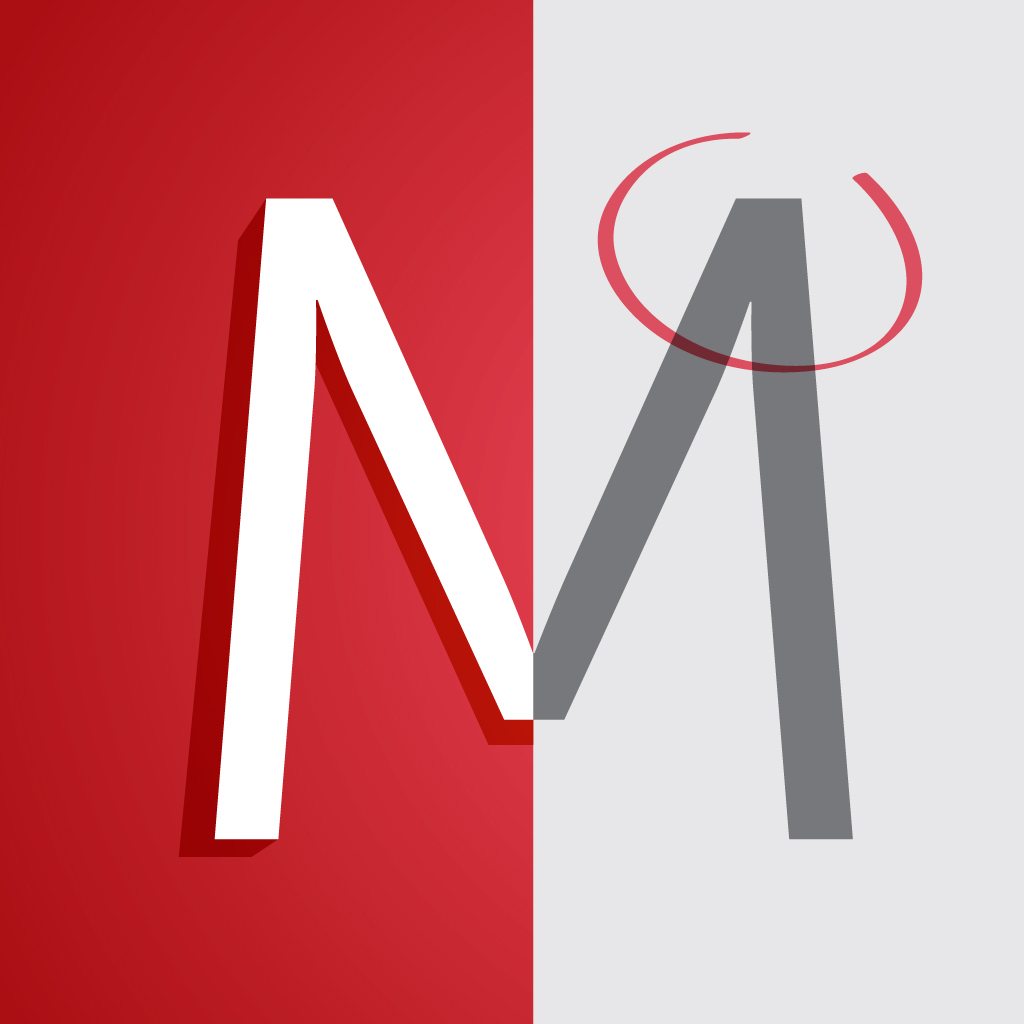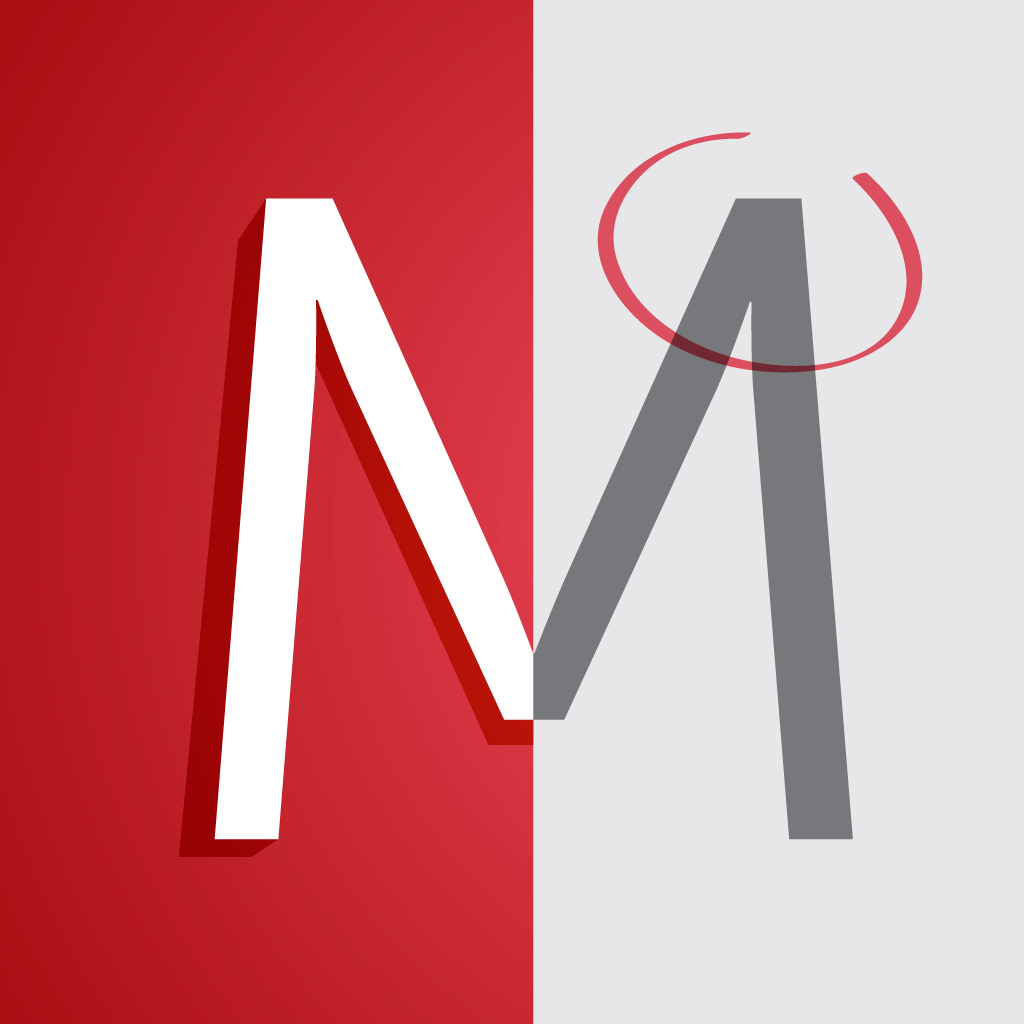

In DT on the Mac I would index the folder which then makes it available in DTTG. I configured the backup format to be PDFs and the categories in Goodnotes became subfolders. I would configure the auto backup to a cloud storage such as Box. In version 4 they have an auto backup feature that has not been implemented yet in version 5. If you manage to work this out to your satisfaction, please share the details with the rest of us!

If it becomes necessary, I can export notes as either PDFs or RTFs, depending on the contents. I use Apple Notes for all other note-taking, because most of it does not end up in DTTG.

But, I still exclusively create and edit the project notes in Agenda, exporting to DTTG as Markdown only after the project is closed. For you, the current lack of Apple Pencil support might be a deal-breaker. Some advantages for me are that it has one more level of organization than Apple Notes, and it easily exports notes in Markdown format, which is reasonably well supported in DTTG. I am currently experimenting with using Agenda as my project note-taker. You might want to consider leaving your rich text documents in their native form/app until you export them as PDFs or RTFs to DTTG for archiving along with related materials. However, editing the documents once they are in DTTG is more complicated and may be impractical for some users. It is not difficult to store a copy of these types of documents in DTTG as PDFs and RTFs. It sounds like you prefer note-taking apps that enable rich text, handwriting, and drawing. In my exploration, the apps which integrate most easily with DTTG are the plain-text and Markdown editors. Most differ just enough in features and function to satisfy some users and not others. If you search these forums, you will find numerous discussions of note-taking strategies with DTTG that may help you.Īs korm points out, there are many choices for note-taking apps.


 0 kommentar(er)
0 kommentar(er)
